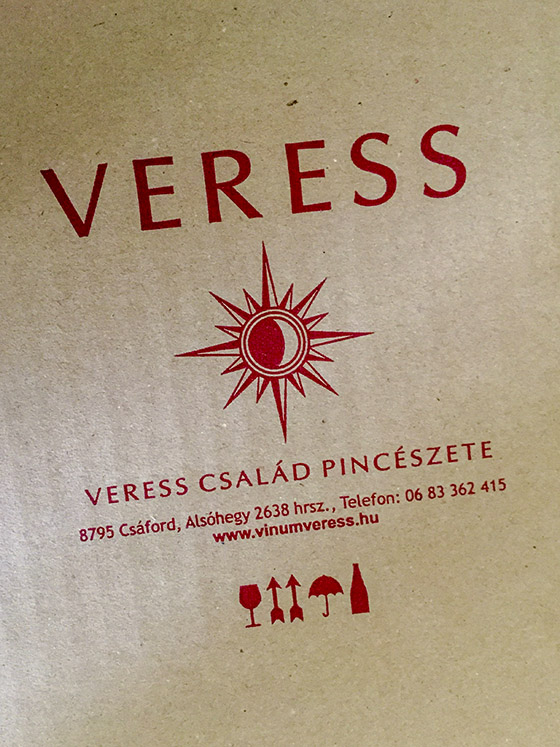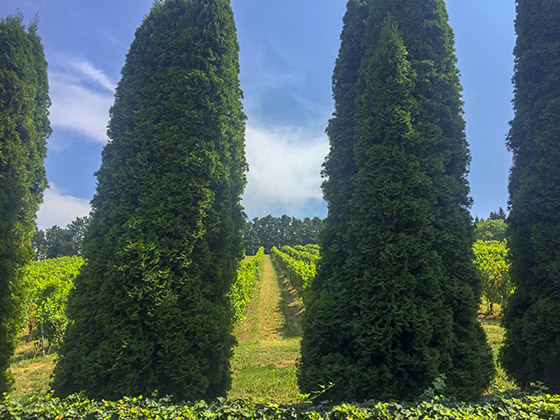There are a few places in Hungary where Shakespeare greets us as we’re out and about, as long as we have ears to hear. The Csáford vineyard is one such place. Legend has it that King Andrew II, the issuer of the Golden Bull, bestowed an estate in Zala on a Stratford knight following his campaign in the Holy Land. The Zala folk have just as much difficulty today in pronouncing the surname of the glorious noble Anglo-Saxon knight as they did at that time, so over the centuries, the name of the Sztertford estate turned into Csáford. Vines had most likely flourished here much earlier too, as evidenced by ancient Roman remains; this might also have been the fate of the variety Pintes, unique to the Csáford vineyard, if it had not been rediscovered by the city of Pécs after lying dormant for many years.
Thou'rt a scholar; let us therefore eat and drink. Marian, I say! a stoup of wine!
cried Sir Toby Belch in Twelfth Night or What You Will. (‘Stoup’ is translated into Hungarian as ‘pint’ in the Hungarian version of the play, which interestingly is not the same as an English ‘pint’!) The playwright, the other Stratford knight, (and indeed the play’s translator) could not of course have known that in the distant vineyards of Zala, a grape variety famous for its generous yields would then be named ‘Pintes’ in the twentieth century. Certainly, Sir Toby’s stoup could easily have been a Hungarian ‘pint’ of 1.6 litres, as he was famed for his copious drinking! Luckily for the Veress family and for wine lovers, this is indeed what happened. Pintes was rediscovered and was replanted in Zala and elsewhere. It would then have been forgotten again if there had been no change in the country’s regime, vineyard restitution nor a family making wine on the Csáford Hill since the time of their great-grandparents who began to experiment with the variety instead of grubbing it up.

Photo: Daniel Ercsey
Today, the 15-hectare estate’s greatest treasure is its 1.5ha of Pintes, this high-yielding variety, which if trained as gobelet and left to its own devices, can even produce a Hungarian ‘pintnyi’ of wine per vine. This is the only place in the world where it is bottled which in itself would cause enraptured wine tourists’ spiritual eyes to light up, but there are also other reasons why the estate is worth visiting. The view from the hill is unparalleled, with the hat-shaped hill of Somló dominating the landscape on a clear day. The Villa Negra sculpture camp takes place here each summer too. These artists’ works have also been exhibited in Pécs and Budapest for the last 15 years.

Photo: Daniel Ercsey
Of course, that’s not really the point, neither is the Zalaszentgrót spa, although the latter is definitely the perfect way to while away a day. Preserving that Csáford vineyard is what is of utmost importance. A wine spritzer or a glass of Pintes, but also the elderflower cordial, slips down very nicely on the Veress family’s shady terrace. Whoever visits them will not only give themselves the gift of a real experience – and hopefully also a bottle or two of wine – but also contribute to this elysian landscape looking just the same in our grandchildren’s time too. With its beautifully maintained rows of vines, God’s forgotten hat (one of the names for Somló Hill) and the spirit of the greatest playwright of all time in the background.






